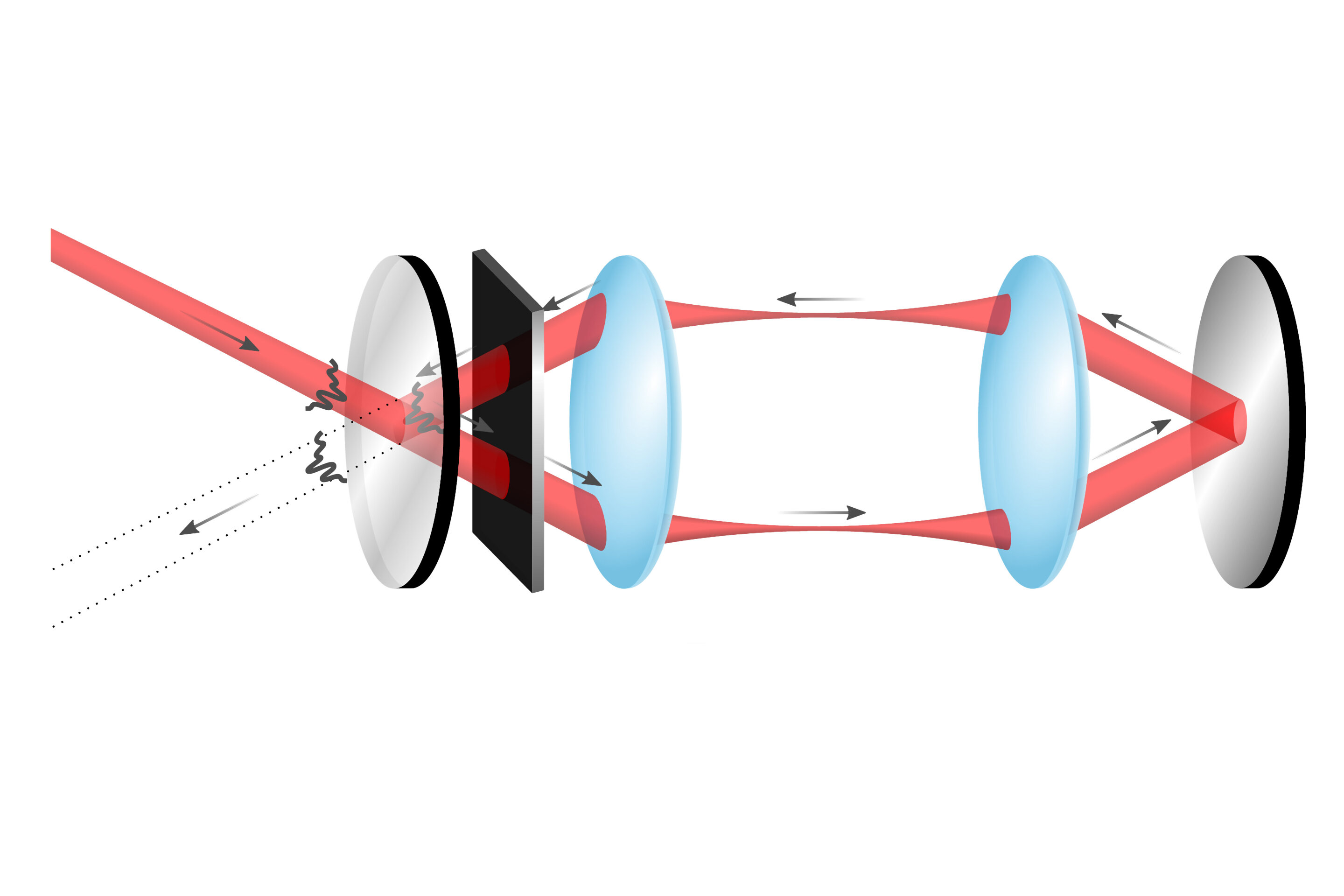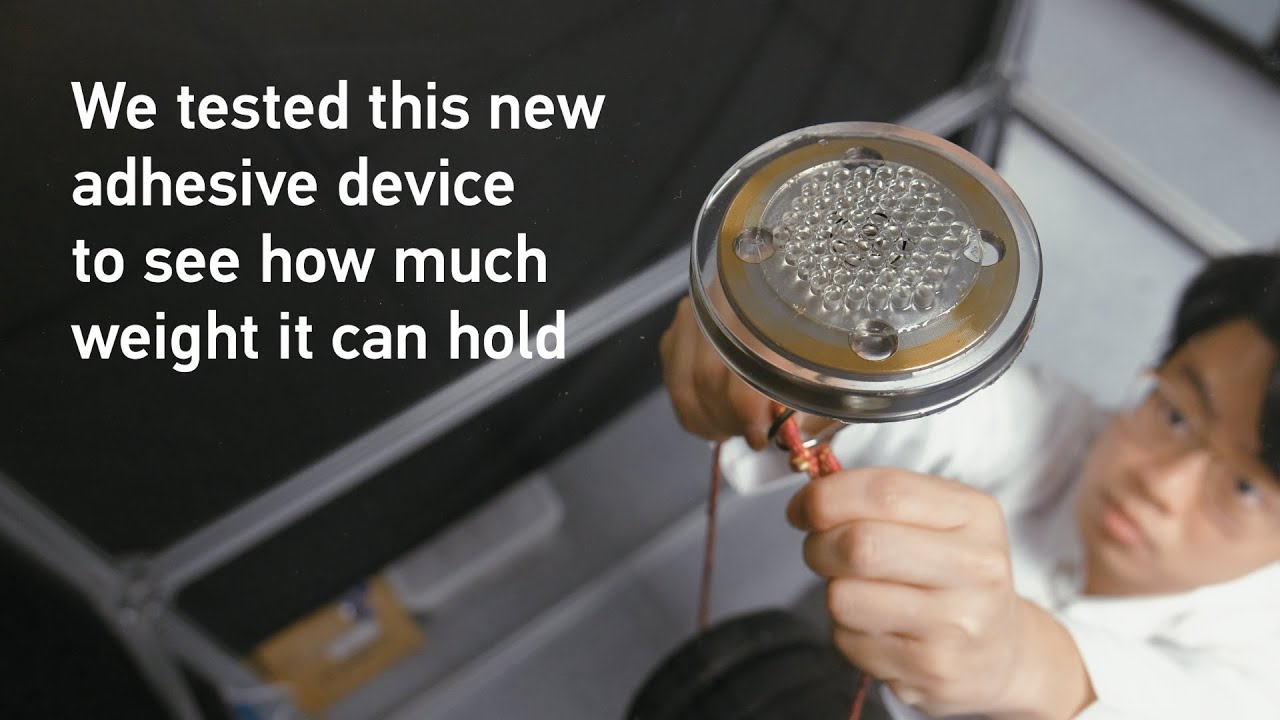Innovative Water Extraction System Developed by KAUST
King Abdullah University of Science and Technology (KAUST) has made a significant stride in addressing global water scarcity by designing a system capable of extracting liters of water from the air daily with minimal maintenance.
This passive system is an advanced version of the solar-driven atmospheric water extraction (SAWE) method, enabling continuous freshwater production when exposed to sunlight. By optimizing material flow and energy efficiency, the system can reliably generate 0.65 liters of freshwater per square meter per hour under standard sunlight and 90 percent humidity conditions. Researchers have also found that the system functions effectively in dry areas with humidity as low as 40 percent, making it ideal for off-grid freshwater generation and irrigation projects.
Key Innovation: Advanced Moisture Absorption Material
Central to this innovation is the advanced material used for moisture absorption. While air-to-water harvesting isn’t new, current solar-powered systems are often complex and costly due to their two-stage cycle requiring manual switching. These systems work by first absorbing water from the air with a special material, then sealing and heating it to extract the water. The new harvester from KAUST simplifies this process, allowing for continuous operation without manual intervention.
“Our initial inspiration came from observing natural processes, specifically how plants efficiently transport water from their roots to their leaves through specialized structures,” said Kaijie Yang, a post-doctoral fellow at KAUST and the lead on the study, in a statement.
Applications and Future Potential
The device’s efficiency and low operational costs make it a promising solution for regions grappling with water shortages. Scientists at KAUST have carefully engineered the material to maximize its water-capturing capacity while ensuring optimal performance in diverse climatic conditions.
The potential applications of this solar-powered water extractor are vast. It could be a game-changer for agriculture, providing a reliable water source for irrigation in drought-prone areas. Additionally, it can enhance access to clean drinking water in remote communities, improving public health and sanitation.







